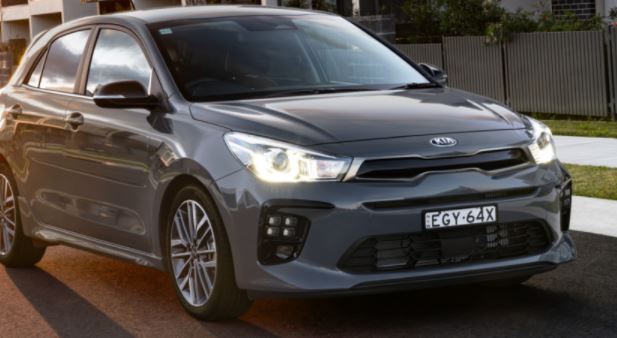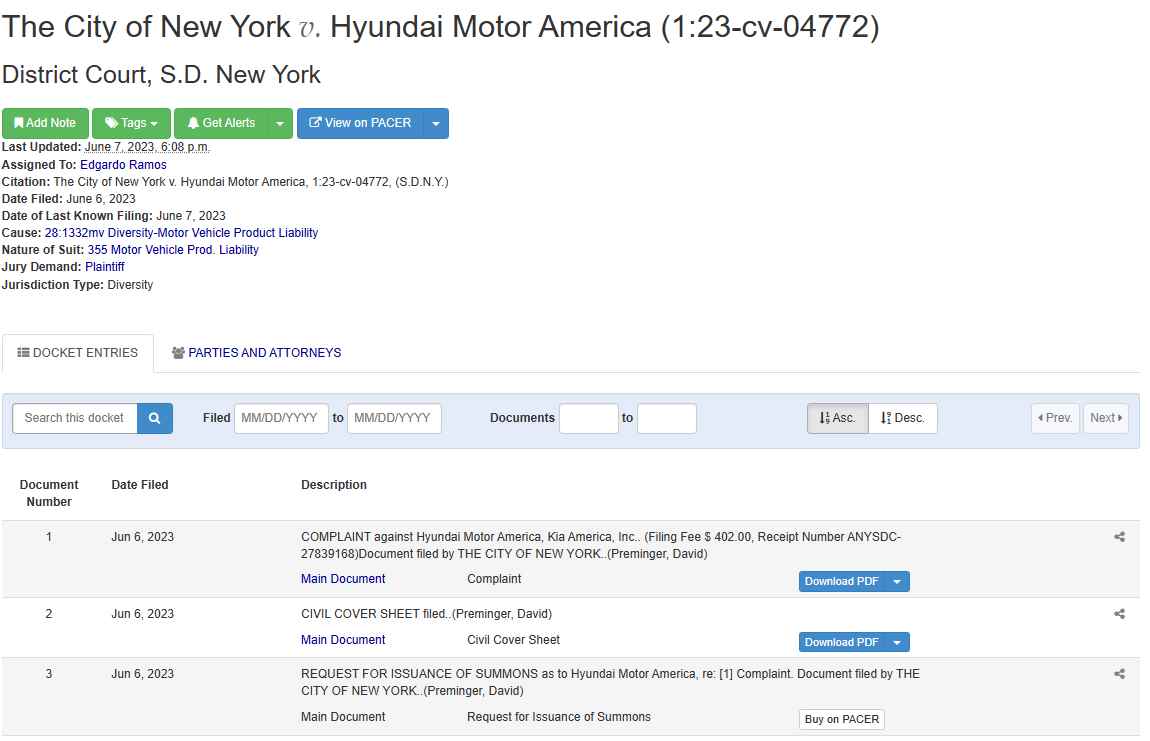The theft of Hyundai and Kia vehicles occurred 977 times in the first four months of the year 2023 in New York City, and the local authorities have had enough.

The shocking number was revealed at the same time that the state of New York filed a lawsuit against the companies, alleging that their failure to implement modern security controls has “created a public nuisance that represents a roughly 660 percent increase in thefts of Kia and Hyundai vehicles as compared to those same months in 2022, when there were only 148 thefts of such vehicles.” The startling figure was revealed at the same time that the lawsuit was filed.

According to the lawsuit, in the year 2020, “a group of teenagers began posting ‘how-to’ videos detailing how easy it was to steal Vulnerable Vehicles.” This renowned gang, known as the “Kia Boyz,” gained their name after uploading videos online that showed young people driving recklessly after stealing Kias and Hyundais.
According to the information provided in the videos, all a thief has to do to start one of these unprotected vehicles is take off the plastic cover that is located behind the steering column and plug in a USB connection.
The commercial choices made by Hyundai and Kia to renounce the use of conventional anti-theft equipment in order to save costs and, as a consequence, increase profits have led to a widespread increase in vehicle thefts. This rash of crimes committed with motor vehicles has had a considerable influence on the operations of law enforcement, emergency services, and public safety. The commercial choices made by Hyundai and Kia to renounce the use of conventional anti-theft equipment in order to save costs and, as a consequence, increase profits have led to a widespread increase in vehicle thefts. This rash of crimes committed with motor vehicles has had a considerable influence on the operations of law enforcement, emergency services, and public safety.
The report laments that it is “far too late to prevent the nuisance that the Susceptible Vehicles created and the expenses that the City has incurred and continues to incur.” This is despite the fact that the report recognizes the firms’ efforts to ameliorate the problem with a software upgrade.
It continues by saying, “Moreover, the update’s efficacy has not been proven in the real world – and in fact, Susceptible Vehicles have already been stolen after receiving the update.”
Information security specialist, currently working as risk infrastructure specialist & investigator.
15 years of experience in risk and control process, security audit support, business continuity design and support, workgroup management and information security standards.
